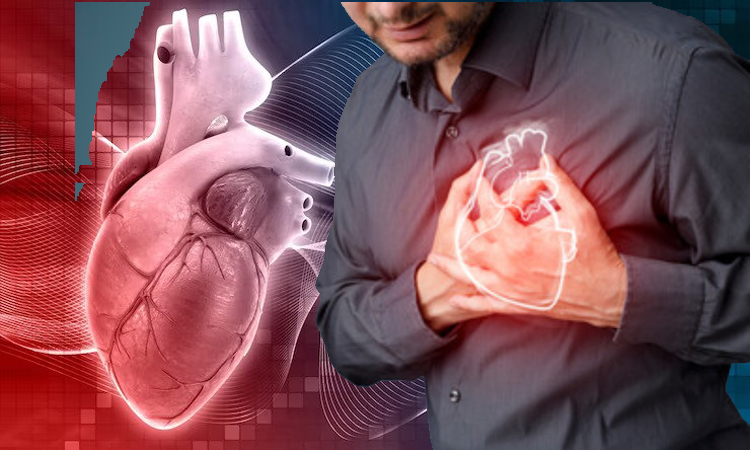The study analysed national medical data from France, focusing on 655,919 patients who had been diagnosed with heart failure within the past five years and were still living with the condition in January 2020
A new study has found that only about three out of five people living with heart failure consult a cardiologist at least once a year — a gap in care that could have serious consequences for patient survival.
Published in the European Heart Journal, the large-scale French study highlights the life-saving potential of routine cardiology follow-ups. According to the findings, heart failure patients who see a cardiologist at least once annually are about 24 per cent less likely to die within the following year.
Researchers also found that for certain high-risk groups, including those recently hospitalised, more frequent specialist visits could further reduce mortality and hospitalisation rates. In fact, the study estimates that for every 11 to 16 patients regularly seen by a cardiologist, one life could be saved.
“In patients with heart failure, the heart is unable to normalise blood flow and pressure. While it typically can’t be cured, proper treatment can manage symptoms and extend life,” said Dr. Guillaume Baudry from the Clinical Investigation Centre of Nancy University Hospital in France. “At present, whether a patient sees a cardiologist often depends on their individual condition — such as whether they have chronic or acute heart failure.”
The study analysed national medical data from France, focusing on 655,919 patients who had been diagnosed with heart failure within the past five years and were still living with the condition in January 2020. Patients were classified based on their recent hospitalisations and whether they were on diuretic medications, which are commonly used to reduce fluid build-up caused by heart failure.
Across all patient categories, researchers found a troubling trend: roughly 40 per cent had not seen a cardiologist in the prior year. The lack of specialist follow-up was associated with worse health outcomes.
Those who did receive cardiology care were significantly less likely to die or be hospitalised for heart failure over the next year. Among patients who had been hospitalised in the previous year, the study found that four cardiology visits annually were ideal — cutting the risk of adverse outcomes from 34.3 per cent to just 18.2 per cent.
“Although there are inherent limitations in observational research, our findings highlight the potential value of specialist follow-up, even in patients who appear clinically stable,” Dr. Baudry noted. “Patients should feel encouraged to ask for a cardiology review, especially if they’ve recently been hospitalised or are on diuretics.”

The study offers compelling evidence that routine engagement with a cardiologist could play a crucial role in reducing deaths and hospitalisations linked to heart failure. It also raises important questions about how to ensure consistent, equitable access to cardiac care for patients living with this chronic condition.













